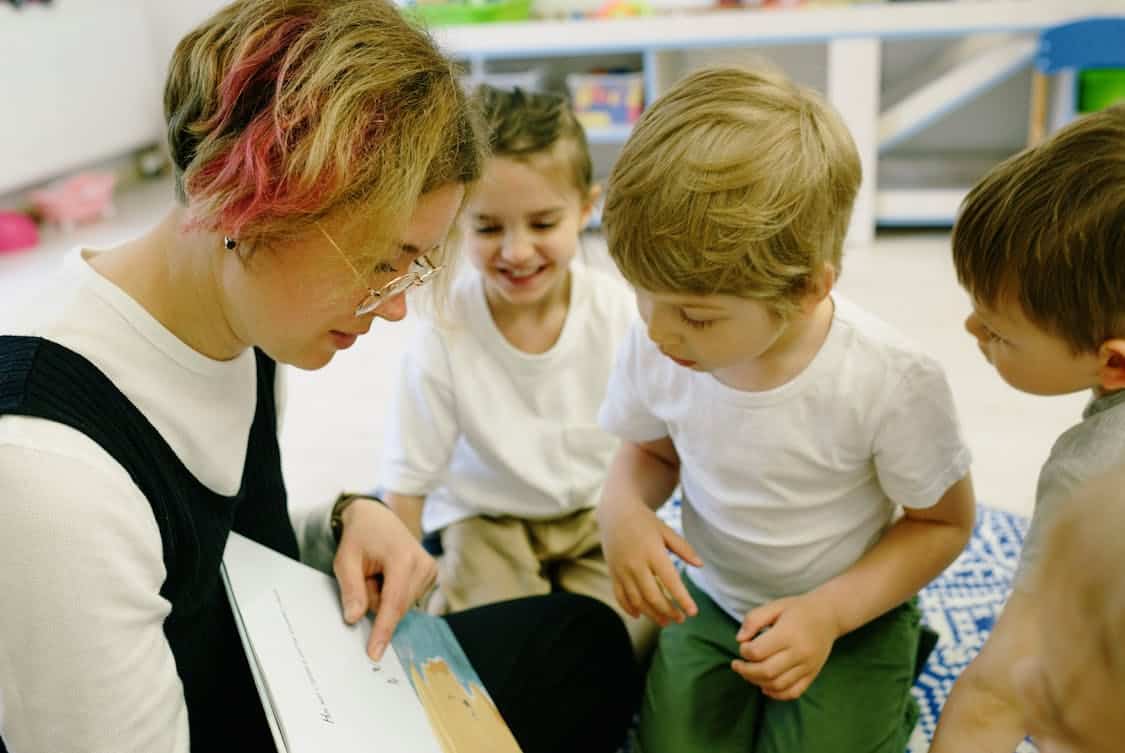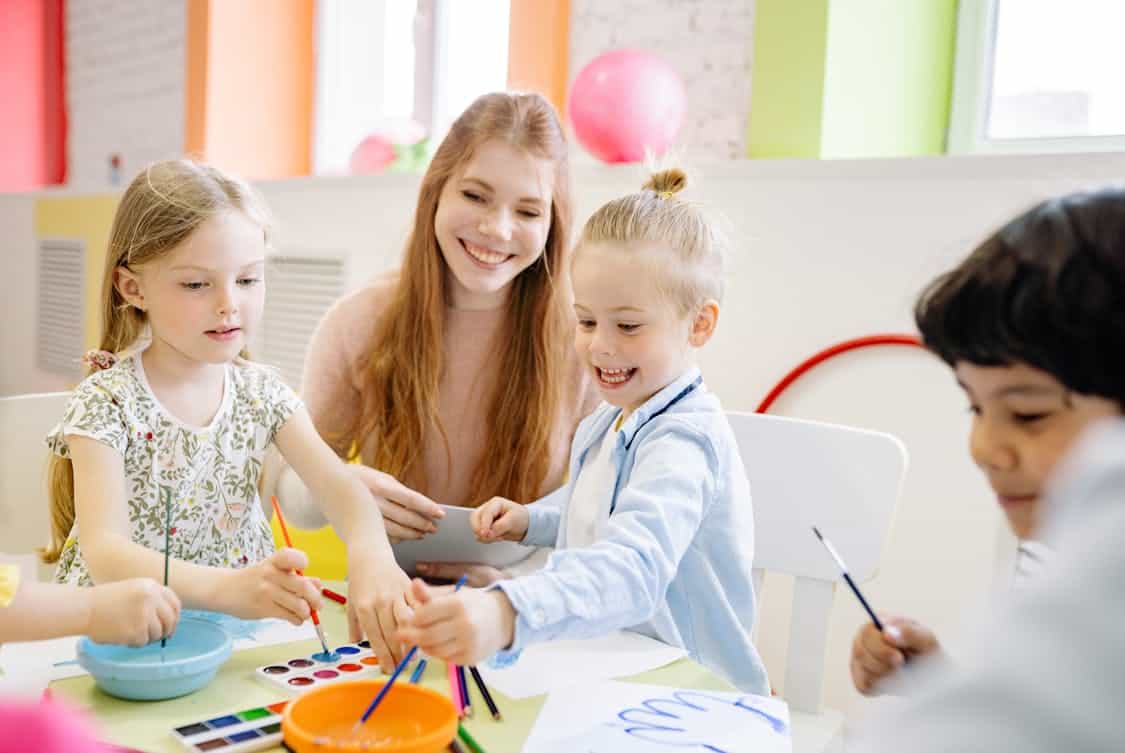5 Reasons Daycare Can Boost Your Child’s Social Development

Daycare can feel like a big decision for many families, yet it often gives children a steady place to grow social skills through daily contact with peers and adults. If you’re exploring options for your little one, a trusted chicago daycare can offer the consistent care and social exposure that support healthy development.
Early childhood settings put little ones in situations that ask them to share, wait their turn, and read faces, actions, and words. Those moments add up: repeated practice, short setbacks, quick recoveries, and small triumphs shape how children connect with others. Below are five clear ways that regular time in daycare can help a child’s social development.
1. Peer Interaction Encourages Friendship Skills
Regular contact with playmates gives children repeated chances to practice starting conversations, asking to join games, and saying goodbye when it’s time to move on. Young kids test out language and body signals in low-stakes ways, and those simple trials — hello, can I, my turn — build the scaffolding of friendship.
When a child learns to negotiate over a toy or to trade one crayon for another, they are quietly learning reciprocity and shared interest, which are central to lasting bonds. These shared moments turn strangers into companions, step by careful step.
Small disagreements are inevitable, and they offer raw material for learning how to repair social slips and make amends. Teachers often step in as mediators, modeling phrases like “I’m sorry” or “Let’s try again,” which kids can echo and then make their own.
Over time, children pick up social scripts and test variations, experimenting until a pattern works for both parties. Those experiments—successful or not—teach children resilience in relationships.
2. Structured Routines Teach Social Rules
Daily schedules give children a predictable rhythm: circle time, snack, free play, nap, and then pickup. That predictability makes transitions smoother and teaches group norms, such as raising a hand, lining up calmly, or waiting for a turn at the water table.
Rules become less about blind obedience and more about shared expectations that make group life easier and safer for everyone. Routines reduce uncertainty, which in turn makes children more willing to engage and try new social roles.
Staff use routines to highlight cause and effect in social settings, showing how one person’s action can change the mood of the whole group. For example, a loud shout might pause a game, while a kind offer can restart it; kids notice the link between behavior and outcome.
Teachers amplify those lessons with short reminders, role play, and simple rewards that reinforce cooperative acts. Repetition of these small lessons turns abstract rules into practical habits.
3. Guided Play Builds Emotional Regulation

Play that is guided by adults gives children a framework to explore strong feelings in a contained space, where emotion words are used and calming strategies are practiced. When an upset child is shown how to breathe slowly, count to three, or hold a comforting object, they learn concrete skills that can be used the next time frustration bubbles up.
That hands-on coaching transforms big feelings from overwhelming storms into manageable events that can be navigated and discussed. Over many such episodes, self-control and emotional vocabulary both grow.
Group games and cooperative tasks require kids to wait, share, and follow rules, which are direct exercises in impulse control and patience. Staff often name emotions aloud — “You look mad” — which helps children link inner states to words, a major step toward self-regulation.
With practice, toddlers and preschoolers begin to label their own reactions and choose simpler responses rather than acting out. Little wins stack up, and children build a toolkit for handling future social stress.
4. Language-Rich Environment Boosts Communication
Daycare rooms hum with talk: songs, stories, instructions, jokes, and the back-and-forth chatter of children sorting out play. This steady stream of language gives kids abundant models for phrasing requests, narrating events, and using polite forms such as please and thank you.
Repeated phrases and simple patterns — “Can I have…,” “Let’s share…,” “It’s my turn”— act like short n-grams that children hear again and again, which helps them internalize common social scripts. As vocabulary expands, so does the ability to express needs and to respond to others without tears or tantrums.
Peer conversations are especially valuable because they force children to practice turn-taking, clarify meaning, and repair misunderstandings with minimal adult intervention. Two kids puzzling over how to build a tower will negotiate steps, offer suggestions, and accept or reject ideas, all while practicing conversational give-and-take.
These little exchanges teach pragmatic skills that formal lessons rarely capture, like when to wait, when to repeat, and when to offer help. Over time, children become more fluent in the social language of play.
5. Exposure To Diversity Expands Social Understanding
A mixed group of children brings different family routines, speech patterns, holidays, and food preferences into daily life, which broadens a child’s view of other people as normal and varied. Encountering small cultural differences — a greeting style, a snack, a song — gives kids practice adapting and showing curiosity rather than fear.
Those repeated micro-encounters build an intuitive sense that others may do things differently, and that difference is not a problem but part of everyday human variety. With time, children learn to notice and respond to differences with interest rather than avoidance.
Staff can gently highlight similarities and differences in ways that are concrete and age-appropriate, such as making a collage of family photos or sharing simple words from different languages. Such activities help children name variety and place it within a larger web of common feelings and goals, like wanting to be seen or included.
That interplay of shared needs and distinct traditions helps develop perspective-taking and empathy. When kids see a range of responses to the same situation, they learn there’s more than one way to be a friend.